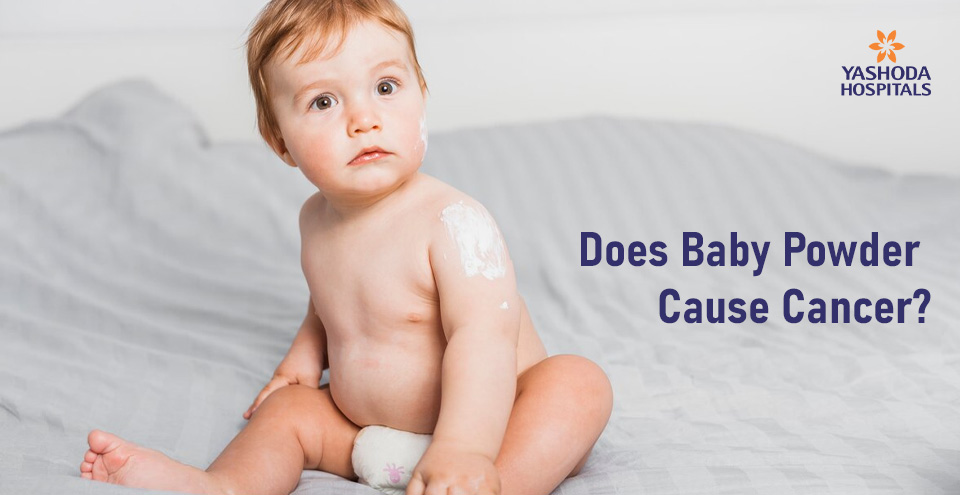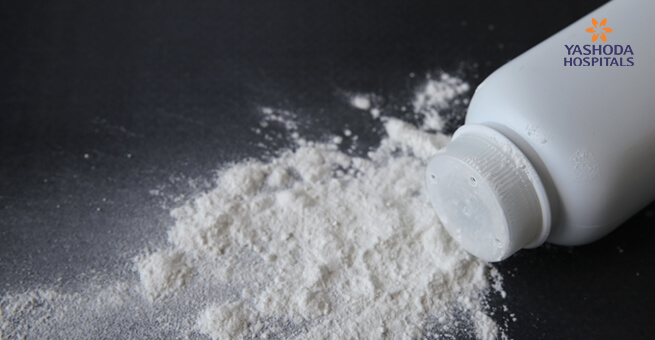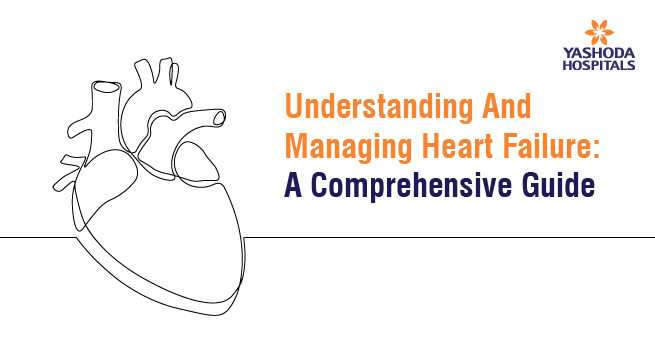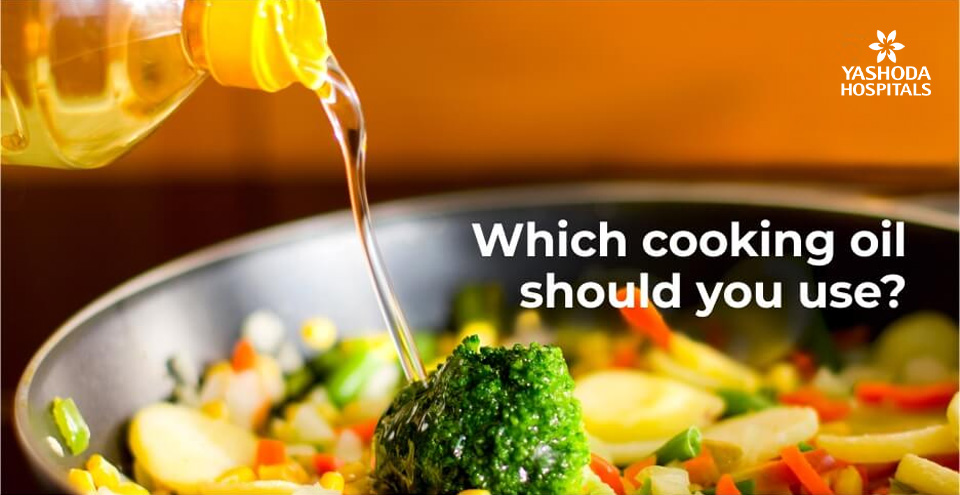Does Baby Powder Cause Cancer?

Baby powder is among the most widely used and accessible products on the market. A baby’s daily care regimen now wouldn’t be complete without baby powder. It keeps the infant clean and odour-free and helps to avoid rashes. Baby products have gained popularity because of their safe composition and successful outcomes. People never questioned the ingredients in the products they used on their children until recently. However, the doubts about safety of products have led to a decline in their faith in these goods. Are the rumours accurate? Is it true that baby powder causes cancer? Read on to discover more.
Composition of baby powder
Talc, chemically known as hydrated magnesium silicate, is one of the main ingredients of baby powder. It is a mineral compound extracted from rock deposits that contains elements such as magnesium, silicon, and oxygen. Talc produces a smooth, silky powder when it is finely ground that reduces friction and aids in preventing rashes. It also has good moisture-absorbing properties, which keeps the skin dry and gets rid of odours. Due to these qualities, it is the perfect ingredient for baby powder, deodorant, cosmetics, and several other consumer products.
In addition to baby powders, talcum powder is a basic component of many home and personal care items, including foundation, concealer, blush, eye shadow, face powder, mascara, rouge, eyebrow pencils, deodorants, medications, soaps, chalk, crayons, paint, condoms and contraceptive diaphragms. It’s also a prevalent food additive found in anything from olive oil to rice. In some varieties of chewing gum and sweets, it serves as an anti-sticking agent.
The rise of controversy
It all began when customers sued a well-known firm that makes baby items over baby powder. Most of the customers are women who have been diagnosed with ovarian cancer. These women asserted that applying talcum powder to the genitalia caused the development of malignant tumours. These women support their assertions with numerous pieces of research that indicate regular usage of talcum powder on female genitalia may raise the risk of ovarian cancer.
Does talc actually cause cancer?
Talcum powder has been linked to malignancies such as ovarian, lung and mesothelioma, among others. There are two hypotheses that link talc to cancer.
According to the first theory, talc contains asbestos, a material known to cause cancer. Talc mines are usually found alongside asbestos deposits. As a result, raw talc is often contaminated with asbestos. Because of negligence, some powders may have small traces of asbestos. Despite the fact that contaminants are removed from cosmetic grade talc during the refining process, there is no direct regulatory control to guarantee this happens. Practically speaking, the cosmetics business regulates itself.

The second theory proposes that when talcum powder is applied to the genital area, tiny particles go through the vaginal canal and eventually reach the ovaries. Years of particle retention can result in chronic inflammation that eventually develops into cancerous tumours.
Is baby powder safe to use?
Numerous small studies have revealed a slightly increased risk of developing cancer. However, because they rely on a person’s recollection regarding their history of talc powder use, such research can be biassed. Cohort studies on the relationship between talc use and cancer development have produced contradictory conclusions. Therefore, there is no conclusive evidence from research linking talc-containing baby powder to cancer. Although some evidence suggests ovarian cancer risk may rise, there is currently very little evidence linking talcum powder use to any other types of cancer.
Talc is not entirely free from negative effects, despite its popular use and seemingly healthy reputation. Small babies are particularly susceptible to the harmful effects of talc dust, which can result in serious harm when ingested or inhaled. Its inhalation might result in chest discomfort, coughing, wheezing, and trouble breathing. Talc poisoning, though uncommon, can be lethal. The label on baby powders carries a warning that reads to keep the powder away from the child’s face to avoid inhaling due to all the risks linked with it.
Alternatives to Talcum Powder
Talcum powder has been the subject of numerous controversies, making it challenging for the people to put their trust in a powder that contains talc as its main component. People normally avoid using such contentious products because of all the speculations that may or may not be true. There are various safer substitutes that people can choose from, such as arrowroot powder, baking soda, tapioca starch, kaolin clay, rice starch, and oat flour. These alternatives are not linked to cancer in any manner. These can be found in commercial items or made from scratch.
Every commercially marketed product has some contaminants. However, their composition ensures the product’s overall safety. If used in the amounts specified by The Drugs and Cosmetics Act of 1940, these substances are safe. The manufacture, distribution and import of pharmaceuticals are all governed by an act of the Indian Parliament. The main goal of the legislation is to guarantee the efficacy, safety, and compliance with state quality standards of the medicines and cosmetics sold in India.
As a result, every product on the market is suitable for consumer usage. There may have been some carelessness in the manufacturing of a few products here and there, which will be subject to rigorous questioning when discovered. If found guilty, the product is removed from the market and the company is obliged to cease production.
About Author –











 Appointment
Appointment Second Opinion
Second Opinion WhatsApp
WhatsApp Call
Call More
More





